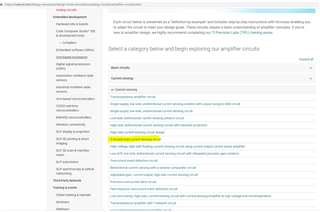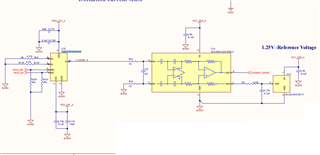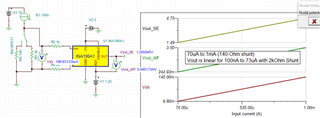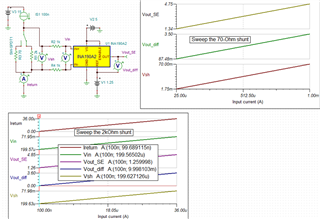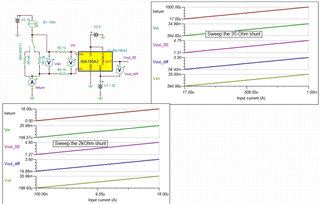Other Parts Discussed in Thread: INA236, INA225
Hello Team,
We are planning to use the current sense amplifier INA190A1QDCKRQ1 for one of our products.
The current can be ranging from 100nA to 1.6mA.
We are planning to use a 120E shunt resistor as shown in the image.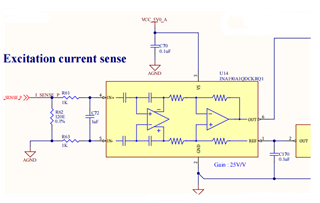
When only a 100nA is flowing through the resistor, the voltage developed across the resistor will be 100nA*120E = 12uV.
The gain of the INA190A1QDCKRQ1 is 25V/V, so the output voltage will be 300uV.
When 1mA is flowing, the voltage will be 1mA*120E = 120mV.
The output voltage will be 3V.
When only 100nA is flowing, the voltage at the input of the IC will be 12uV while the offset voltage of the IC is 15uV (Max).
1). Can I use this IC (INA190A1QDCKRQ1) for my application?
2). If not, please suggest an alternative.
Looking for your reply.


